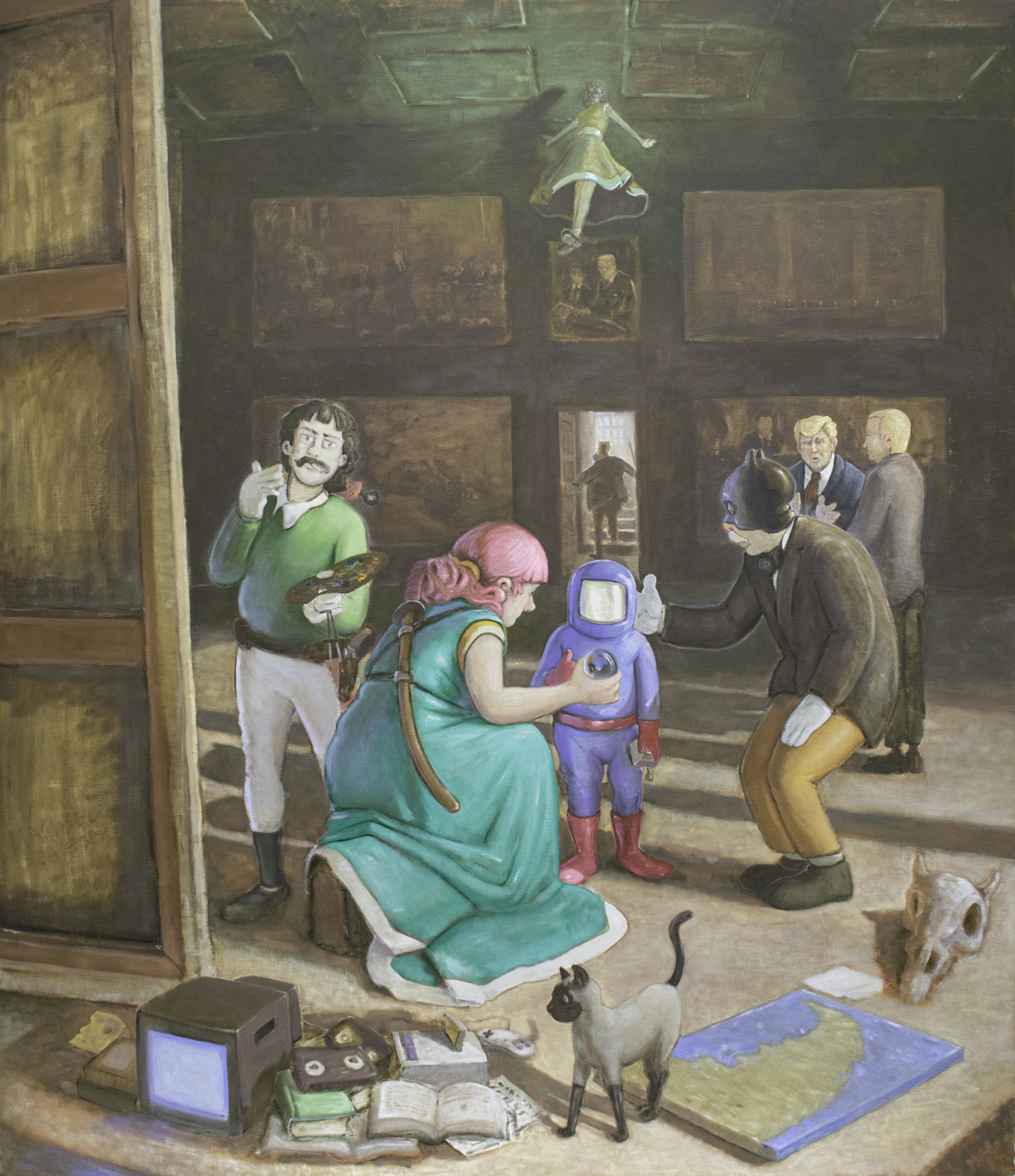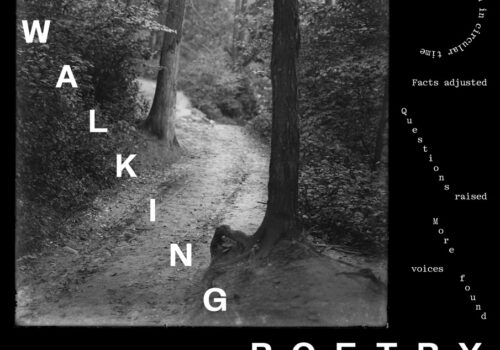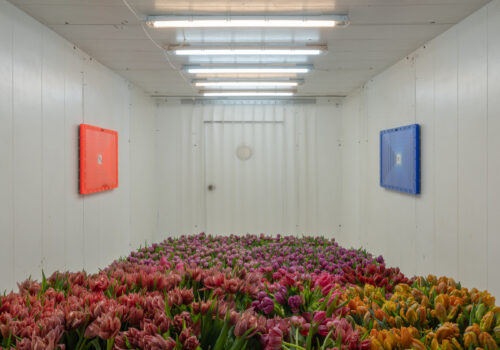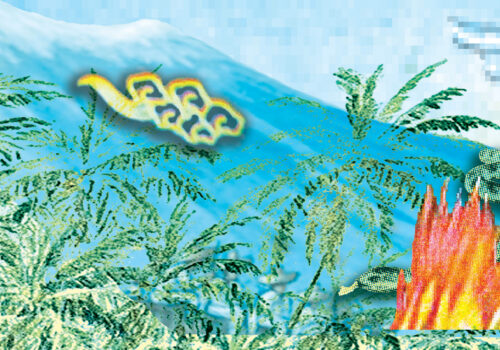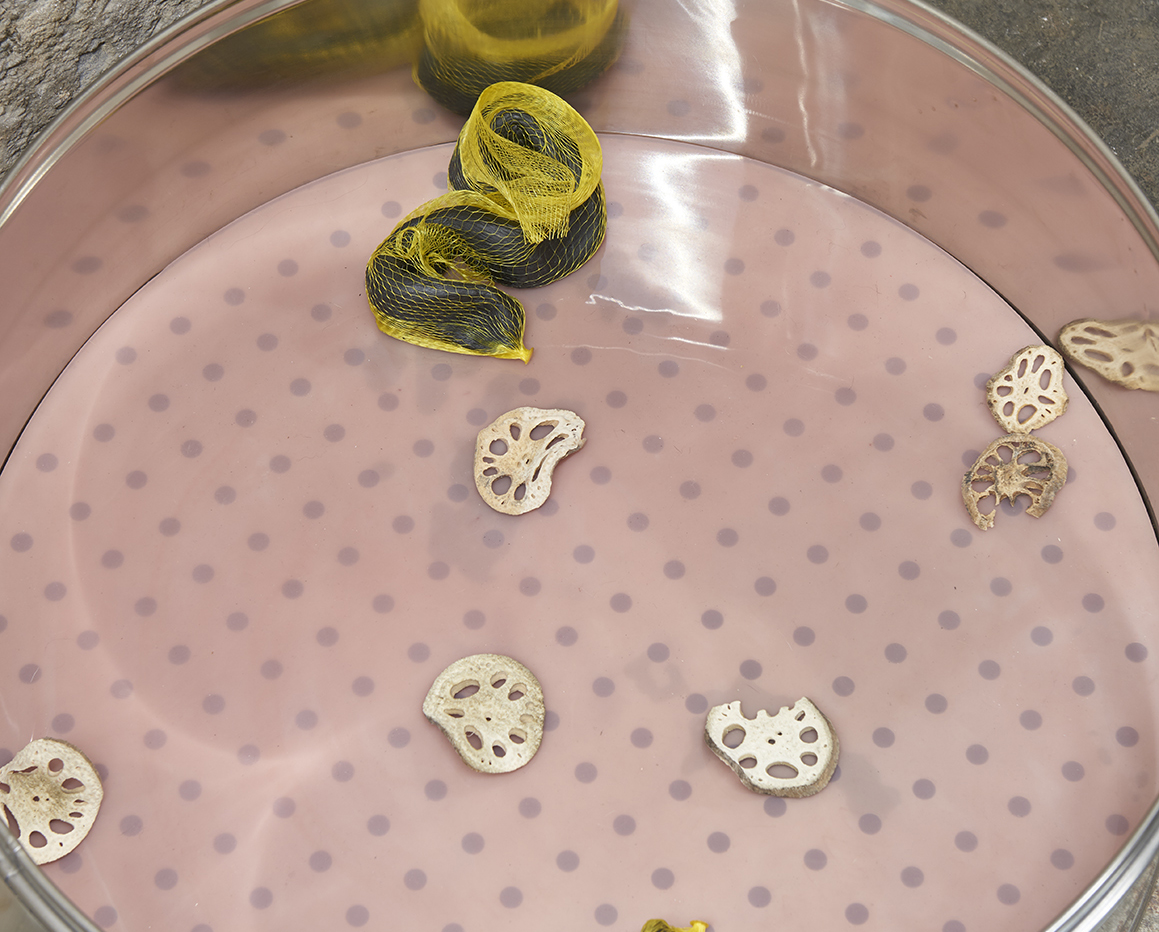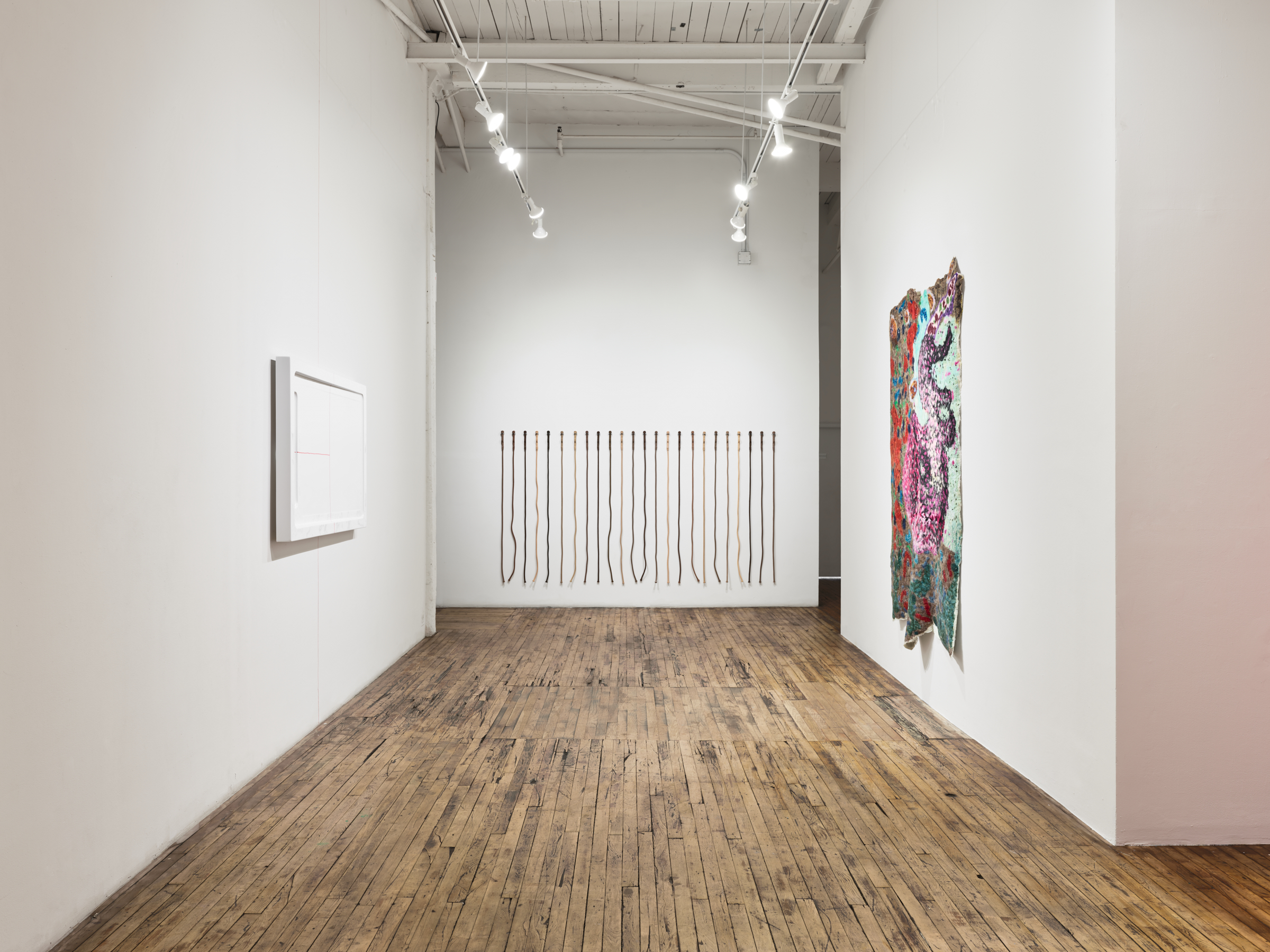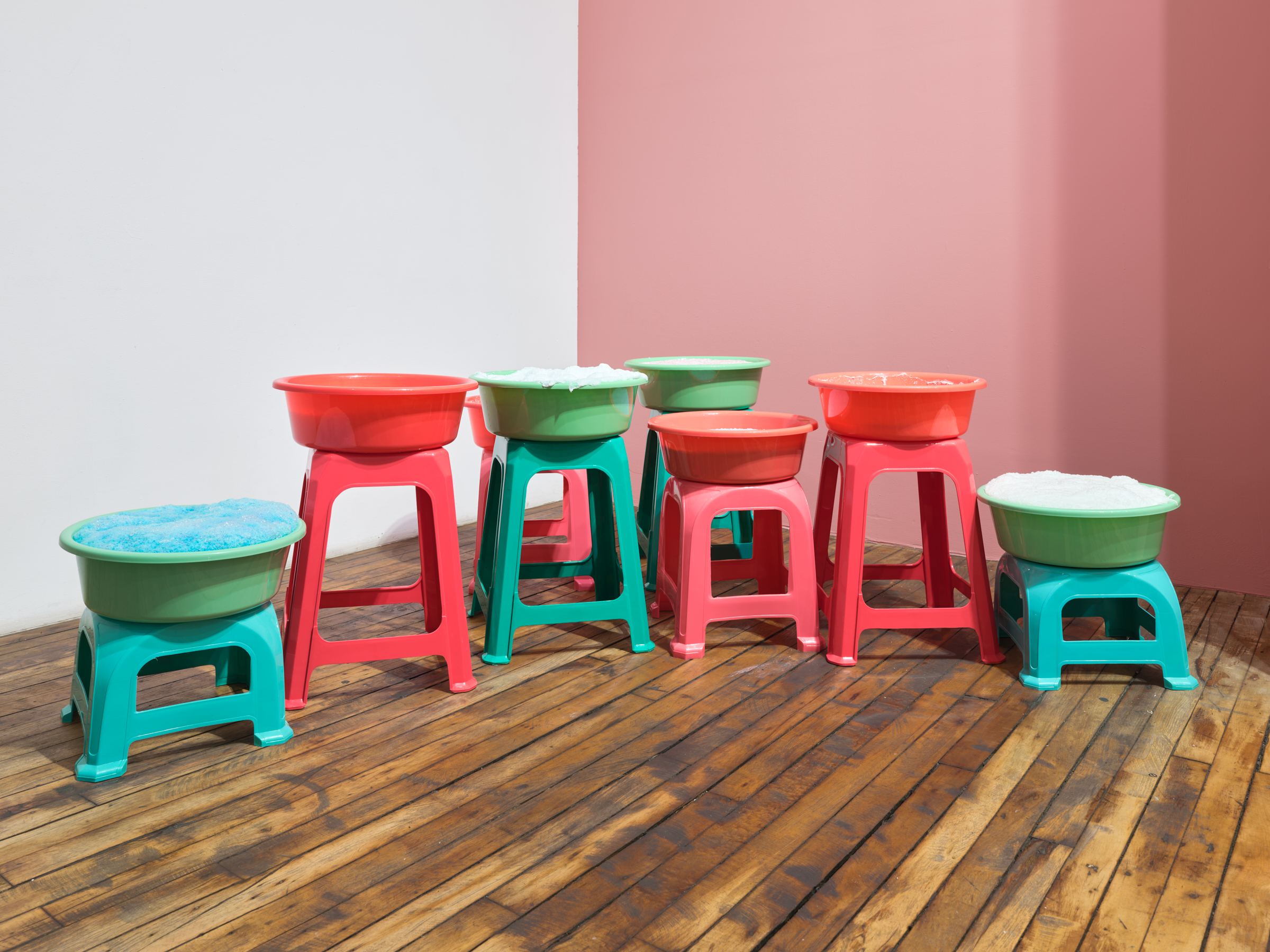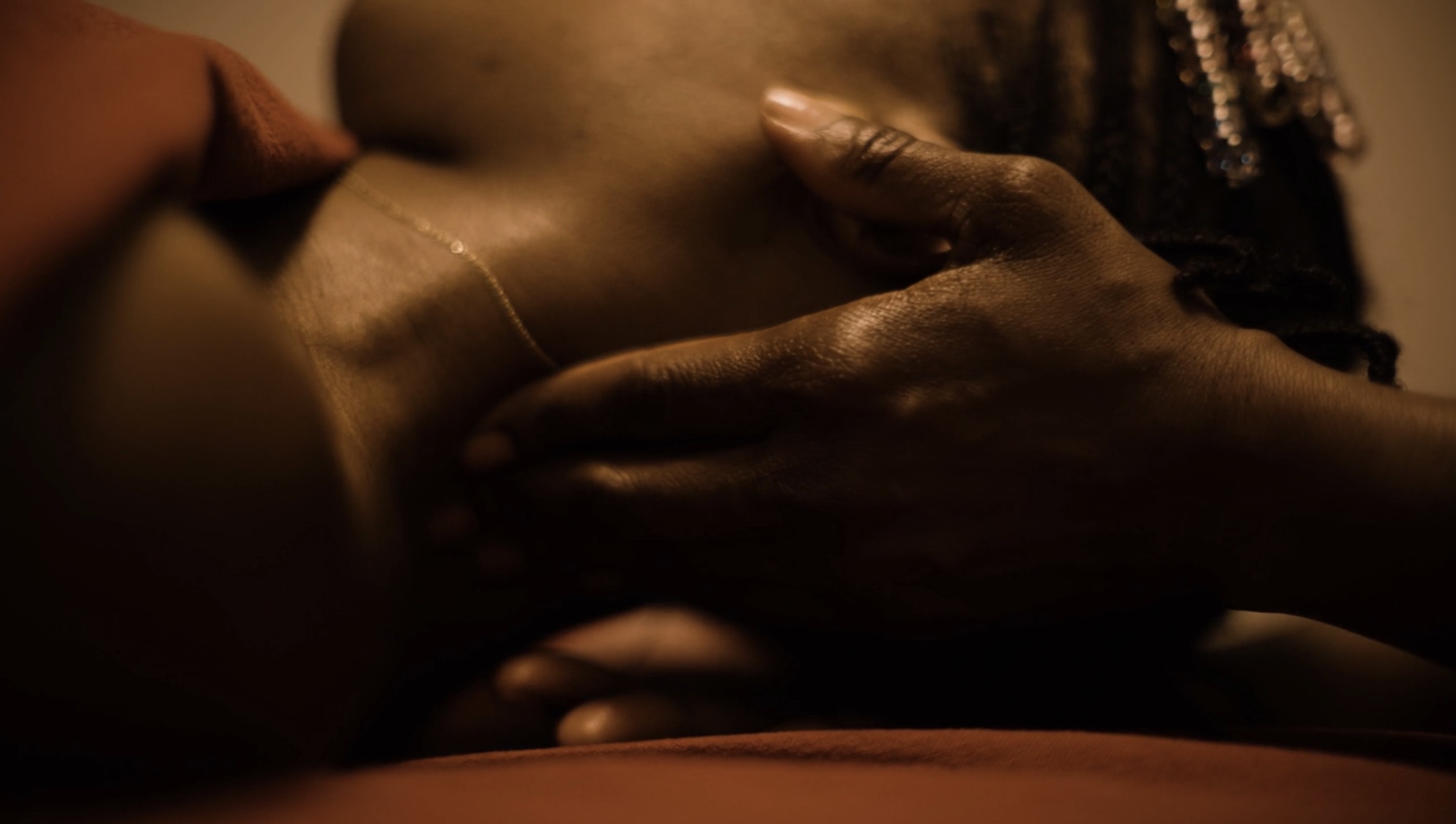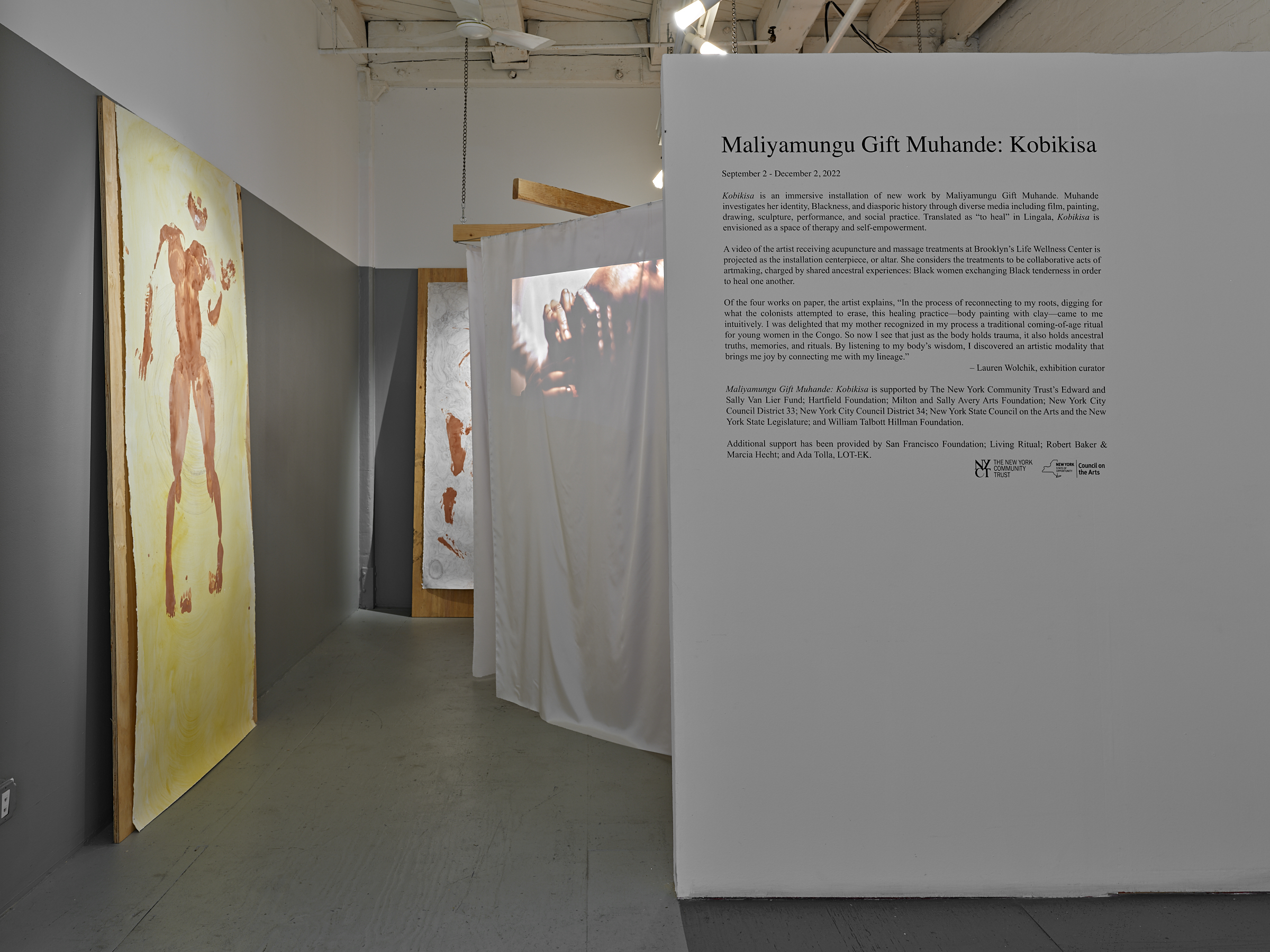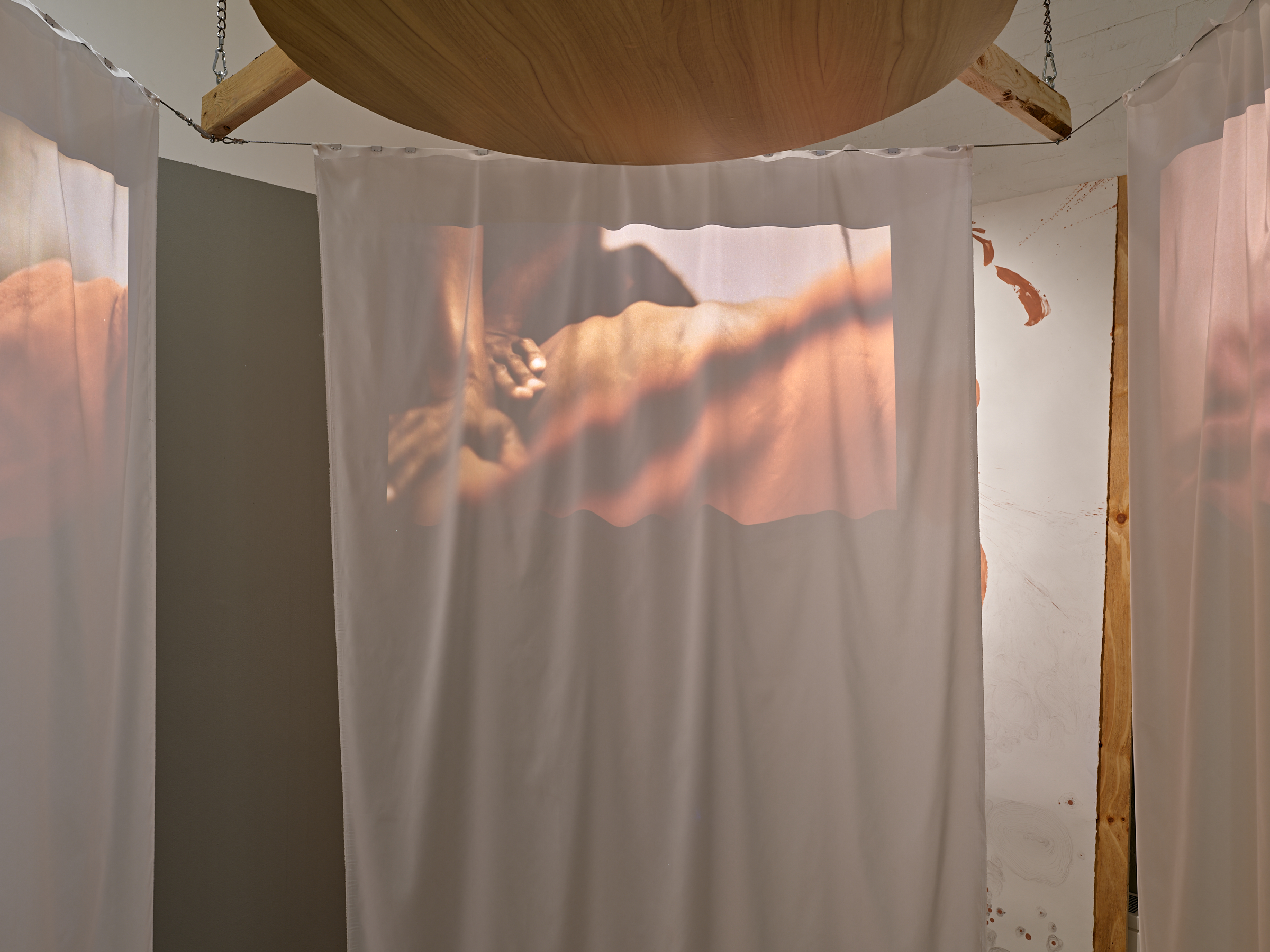ISCP TalkSeptember 29, 2022, 6:30–7:30pm
Artists at Work: Manuel Aja Espil with Alejandro de la Guerra hosted by Culture Pass
Desplácese hacia abajo para el texto en español.
For this Artists at Work, Manuel Aja Espil, ISCP’s current resident from Argentina, will be in conversation with Alejandro de la Guerra, an artist and organizer from Nicaragua, at the Bushwick Branch of the Brooklyn Public Library. At the center of their dialog will be discussion of Espil’s work in the context of Latin American art aesthetics. Both artists use imagery from art history and popular culture to tell stories about societal inequalities and political struggles. Playing with collective memory and coded imagery, they express a mix of humor and excitement with tragedy and dissent.
This is a bilingual program, and will take place in both English and Spanish.
Manuel Aja Espil was born in 1987 in Ciudad Autónoma de Buenos Aires, Argentina. He studied filmmaking at Facultad Universidad del Cine and then painting, through courses, artists’ workshops, and on his own. He was at the 2016 edition of the Artist’s Program of Torcuato Di Tella University and was a resident at the Skowhegan School of Painting & Sculpture in 2019. Manuel has exhibited in museums including the Museum of Latin American Art of Buenos Aires (Terapia, 2020) and the Proa Foundation (Arte en Juego, 2022), Buenos Aires. His first solo exhibition was Wanda vs Azymetikah in 2012 at a small gallery venue in Buenos Aires. His most recent solo exhibitions were Anton Regularis (2017), Joseph Andreas (2018) and Los Viajes (2020), in Buenos Aires. Has taught at the Torcuato Di Tella University and his studio. Currently, he is an independent artist based in Buenos Aires.
Alejandro de la Guerra, born in Managua, Nicaragua (1986), is a multidisciplinary artist based in Brooklyn, New York. He graduated from the Nicaraguan School of Fine Arts and was part of the first generation of the art school EspIRA-LA ESPORA. He is also a co-founding member of Malagana-Mácula, and has participated in three Central American biennials, residencies at the Anni & Josef Albers Foundation; the Artist Protection Fund; URRA in Buenos Aires, Argentina; Câmera Sete Casa da Fotografia de Minas Gerais in Belo Horizonte, Brazil; and RAPACES in Central America. His work has been exhibited internationally, including presentations at Museum of Zapopan and Chopo Museum, México City; Infinito Gallery, Buenos Aires Argentina; Vermelho Gallery, Brazil; T20 in Spain, Fuso in Portugal, Regina Rex, P.A.D. and the PINTA fair in New York, the Contemporary Art Gallery of UCONN in Storrs CT, Continental drift Arab, Romania, Real Academia de España in Roma, Italy, Sies+ Hoke Contemporary art gallery in Germany, Museo de Arte y Diseño Contemporáneo in Costa Rica, Codice gallery and Museu Ortiz Guardian in Nicaragua.
This program is supported, in part, by the Elizabeth Greenshields Foundation; Hartfield Foundation, New York City Department of Cultural Affairs, in partnership with the City Council; New York City Council District 33; New York City Council District 34; New York State Council on the Arts and the New York State Legislature; The Milton and Sally Avery Arts Foundation; and William Talbott Hillman Foundation.
Para este Artistas en Trabajo, Manuel Aja Espil, residente de ISCP de Argentina, conversará con Alejandro de la Guerra, artista y organizador de Nicaragua. En el centro de su diálogo estará la pregunta: ¿existe una estética del arte latinoamericano? Ambos utilizan imágenes de la historia del arte y la cultura popular para contar historias sobre las desigualdades sociales y las luchas políticas. Jugando con la memoria colectiva y las imágenes codificadas, expresan una mezcla de humor y emoción con tragedia y disidencia.
Manuel Aja Espil nació en 1987 en la Ciudad Autónoma de Buenos Aires, Argentina; hijo de dos arquitectos. Comenzó a dibujar desde una edad temprana y en la escuela secundaria desarrolló un profundo interés por la historia del arte y la pintura. Estudió brevemente Dirección de Cine en la Facultad Universidad del Cine y luego comenzó a aprender pintura por su cuenta y a través de cursos y talleres de artistas. Estuvo en la edición 2016 del Programa de Artistas de la Universidad Torcuato Di Tella y fue residente en la residencia de arte Skowhegan School of Painting & Sculpture en 2019. Expone su obra desde 2011 y ha expuesto su trabajo en museos como el Museo de Arte Latinoamericano de Buenos Aires (Terapia, 2020) y Fundación Proa (Arte en Juego, 2022), en Buenos Aires. Su primera exposición individual fue Wanda vs Azymetikah en 2012 en una pequeña galería de Buenos Aires. Sus exposiciones individuales más recientes fueron Anton Regularis (2017), Joseph Andreas (2018) y Los Viajes (2020), en Buenos Aires. Ha dictado cursos sobre materiales para artistas en la Universidad Torcuato Di Tella y en su taller. Actualmente, artista independiente radicado en Buenos Aires.
Alejandro de la Guerra nació en Managua, Nicaragua, (1986) es un artista multidisciplinario, performer, profesor y poeta, con base en Brooklyn, Nueva York. Se graduó en la Escuela de Bellas Artes de Nicaragua y formó parte de la primera generación de la escuela de arte EspIRA-LA ESPORA. También es miembro cofundador de Malagana-Mácula, una galería autónoma temporal de arte nicaragüense y centroamericano. Alejandro ha participado en tres bienales centroamericanas, también ha participado en importantes residencias como Anni & Josef Albers Foundation, Artist Protection Fund co-patrocinado por SFA & El Instituto de la Universidad de Connecticut, así como URRA Buenos Aires, Argentina, Câmera Sete Casa da Fotografia de Minas Gerais, Belo Horizonte Brasil, y RAPACES de Centroamérica. Algunas de sus obras han sido expuestas en el Museo de Zapopan y, el Museo del Chopo, México DF, Galería Infinito, Buenos Aires Argentina, Galería Vermelho Brasil, T20 España, Fuso Portugal, Regina Rex, P.A.D. & PINTA fair, Nueva York, Contemporary Art Gallery of UCONN Storrs CT, Continental drift Arab, Rumanía,, Museo de Arte y Diseño Contemporáneo de Costa Rica, Códice galería y Museu Ortiz Guardián de Nicaragua, Real Academia de España en Roma, Italia, Sies+ Hoke Contemporary art gallery Alemania.
Este programa está apoyado, en parte, por Elizabeth Greenshields Foundation; Hartfield Foundation, New York City Department of Cultural Affairs, in partnership with the City Council; New York City Council District 33; New York City Council District 34; New York State Council on the Arts and the New York State Legislature; The Milton and Sally Avery Arts Foundation; y William Talbott Hillman Foundation.
Imagen: Manuel Aja Espil, Azymetrikah y El Nuevo Orden Mundial, 2022, óleo sobre lino, 75.2 × 65.3 (191 cm x 166 cm)
